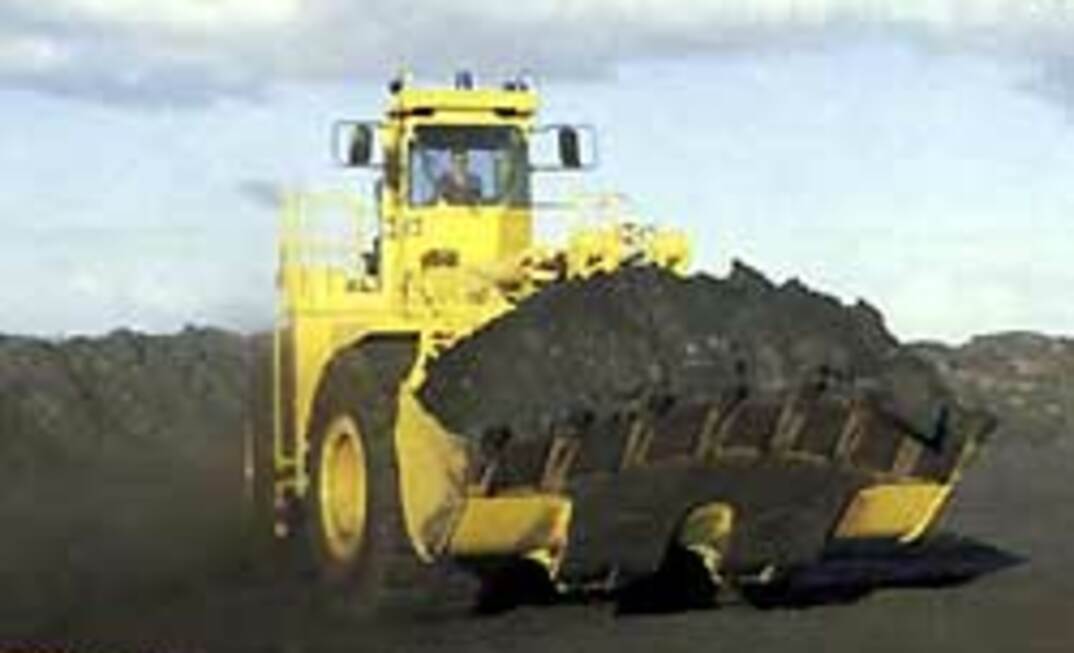“The aim of the analysis was to identify opportunities for further improvements to the design of underground equipment – by both identifying the most frequent injuries and the low frequency but potentially high consequence ‘sentinel’ events,” Burgess-Limerick said.
In the three years to the end of June 2008, there was a total of 4633 injuries in underground coal mining in New South Wales, excluding accidents occurring at the surface of an underground mine and deafness claims.
Continuous miners and bolting machines present the most dangers, but the preliminary report features some examples of high-pressure hydraulics injuries.
There were 555 injuries relating to CMs (12%), 257 injuries with bolting machines (6%), 351 with load haul dumps (8%), 332 with longwall equipment (7%), 194 involving transport (4%) and 152 with shuttle cars (3%).
Another 308 injuries came from other equipment, dominated by the 115 from using hand-held bolters, while graders, stone dusters, dolly cars, road headers, longwall moving equipment and gas drainage drilling made up the rest.
Looking at CMs and bolting machines together, Burgess-Limerick found 332 injuries occurred during bolting, with 175 involving either striking part of the equipment or falling objects including bolts, plates, roof material and even hydraulic fluid in 31 cases.
However, the 93 instances of injury resulting from being caught between moving parts during bolting were among the most horrific.
The worst accident had one worker entangling his left arm between steel-rib mesh and a drill steel, resulting in the amputation of his left forearm.
Another operator had a timber jack come down and crush his right forearm, while injuries to fingers and hands were more common.
But strains were the most common injury from CMs and bolting machines, ranging from the shoulder, neck and lower back, to knee and leg strains arising from the roadway or accessing the machines.
Most of the longwall equipment-related injuries occurred during operation, but 181 of the injuries resulted from being struck, with high-pressure hydraulic fluid involved in 57 instances and some accidents happening during maintenance.
Burgess-Limerick said the “struck by” injuries typically involved coal or rock from the roof or face, but also included striking the head on longwall roof supports, while slipping and tripping was also relatively frequent.
One shearer operator who was cutting towards the tailgate was hit by fly rock on his left ear, causing laceration, while another was knocked over by a flying piece of rock, injuring his chest and straining his right shoulder when he fell between roof supports.
A roof support operator received a high-pressure fluid injury to his right thigh when a hose burst while he walked by a roof support.
Burgess-Limerick made special mention of some infrequent but potentially high-consequence longwall injuries that also involved roof supports.
An unlucky shearer operator slipped over in front of an advancing chock which caught him between a chock and a pantech, fracturing his pelvis and rupturing his bladder.
Another worker had his left foot stuck underneath an advancing chock, resulting in the amputation of two toes.
A separate incident involving roof support advancing had a maintenance worker knocked over and pinned by his right lower leg, bruising his calf but causing a puncture wound on the medial right ankle.
As expected, most of the LHD injuries occurred during driving but 81 came from access to the machines, mainly resulting in strains.
For the 154 driving injuries, 87 were from being struck, including one driver who lost his left ring finger when hitting a piece of rib while operating the vehicle.
While the “ran into” category only accounted for 20 of the LHD injuries, they were also some of the most serious, including one worker who had his lower leg run over.
Rough roads were involved in 69 of the LHD injuries and contributed to most of the transport injuries.
Potholes and bumps in the road caused various lower back injuries, with one worker jarring his neck from hitting the roof of a PJ Berriman people carrier.
Of the shuttle car injuries, 38% occurred while driving and 26% came from maintenance.
Rough roads caused just over half of the shuttle car driving incidents, but 49 “struck by” injuries resulted from driving, maintenance or other factors.
One shuttle car driver was thrown out of the cabin when he was hit in the chest by a piece of stone that fell out of the boom on a continuous miner.
Another hit his head on the roller bar, spraining his neck, after hitting a nasty bump in the road.
Among the more concerning accidents, a cablehand had his left foot run over after it “slipped into a shuttle car wheel rut”
Another worker slipped on loose ground while standing near the rib, with his right foot going under a passing shuttle car, though he received only bruising.
Summing up the preliminary findings, Burgess-Limerick said strains while handling items associated with CMs or bolting machines were the number one source of injury, involved in 176 during the three-year period.
The second category was being struck while drilling or bolting with these machines, with 175 injuries.
Driving or travelling over rough roads on equipment such as LHDs, shuttle cars and other transport resulted in 164 injuries.
Being struck while operating longwall equipment chalked up 98 injuries, while drilling and bolting with CMs and bolting machines caused 70 strain injuries and another 69 injuries from being caught on moving parts.
Hydraulic fluid accidents caused 57 incidents with longwall equipment, 38 with CMs and bolting machines and five with LHDs.
The high-potential consequence incidents chiefly involved personnel and vehicle interaction, longwall roof support movements, and personnel and transport equipment collisions.
The full ACARP report is expected to be completed in the second half of 2010.
Data of the injuries was provided by Coal Services.
The preliminary report is only available here: http://burgess-limerick.com/download/C18012injury.pdf

























